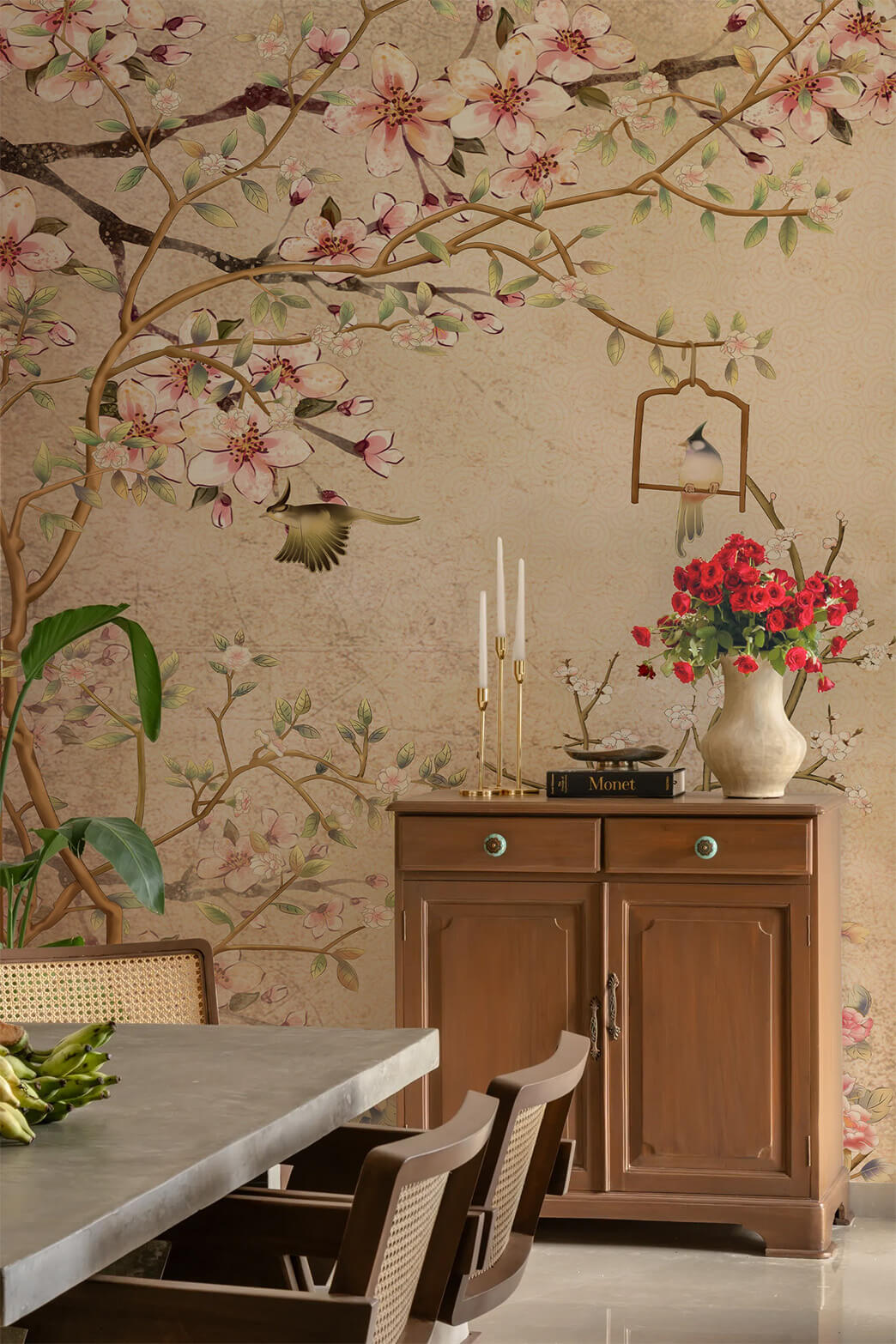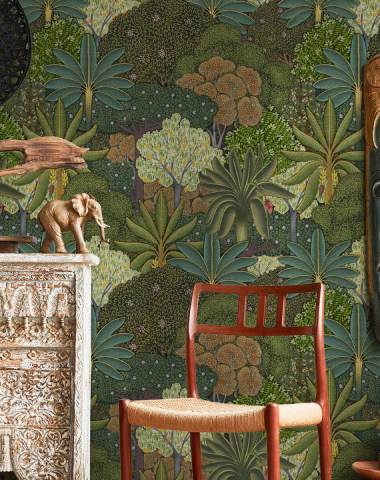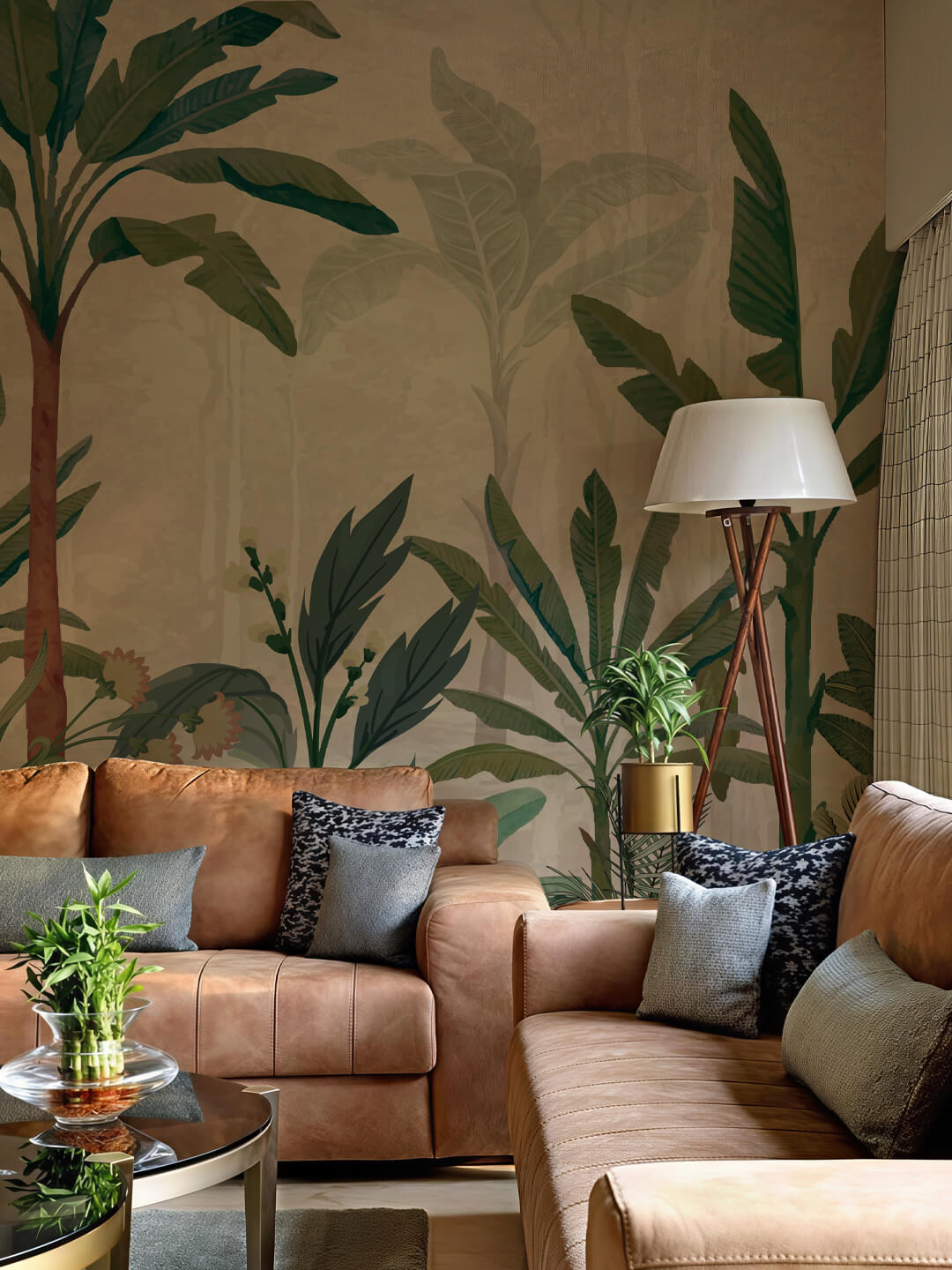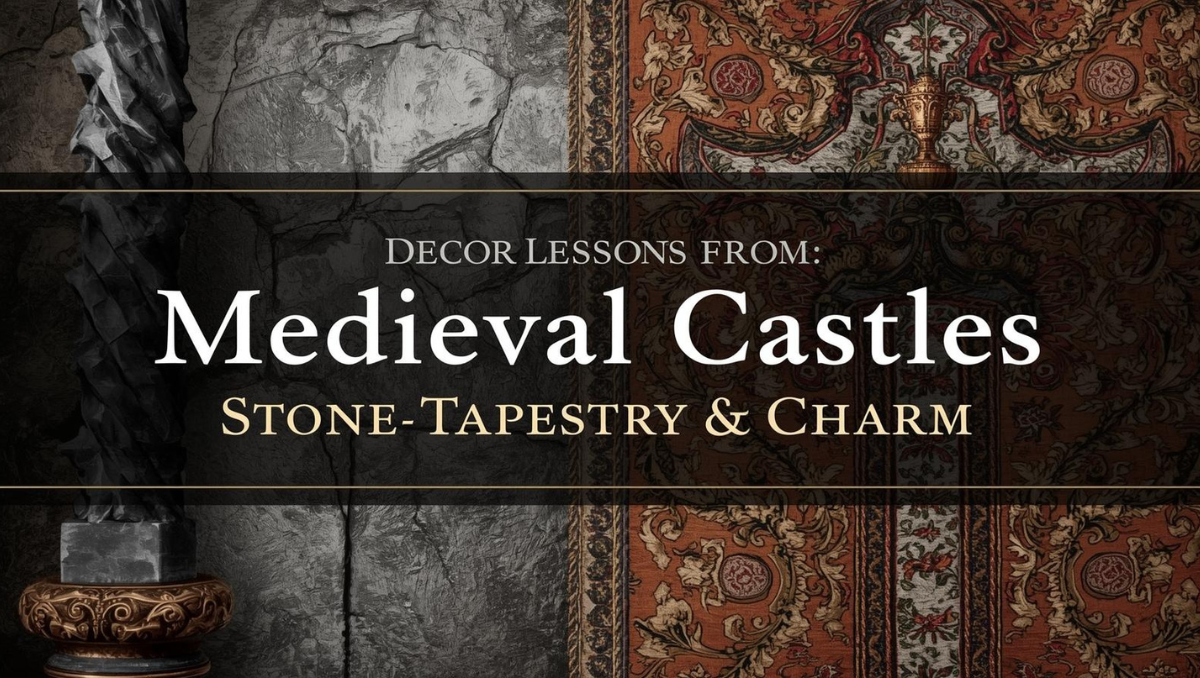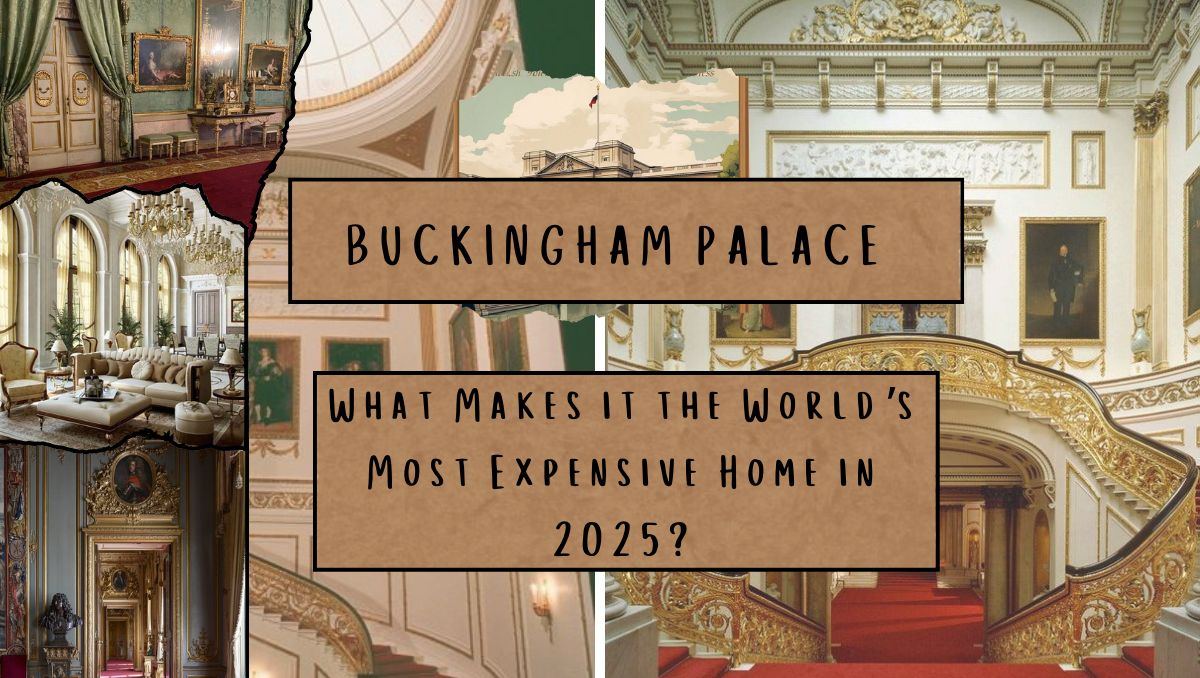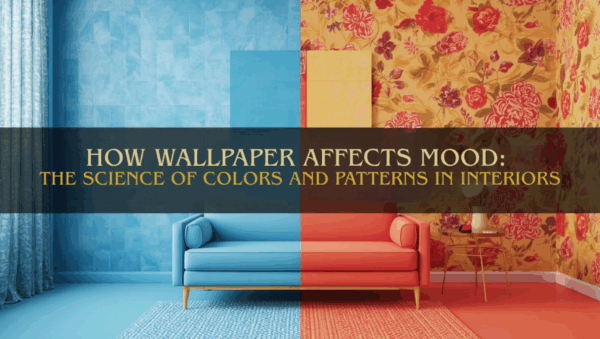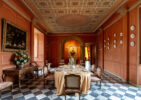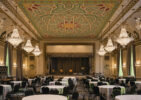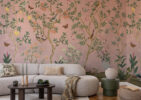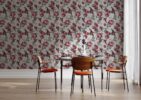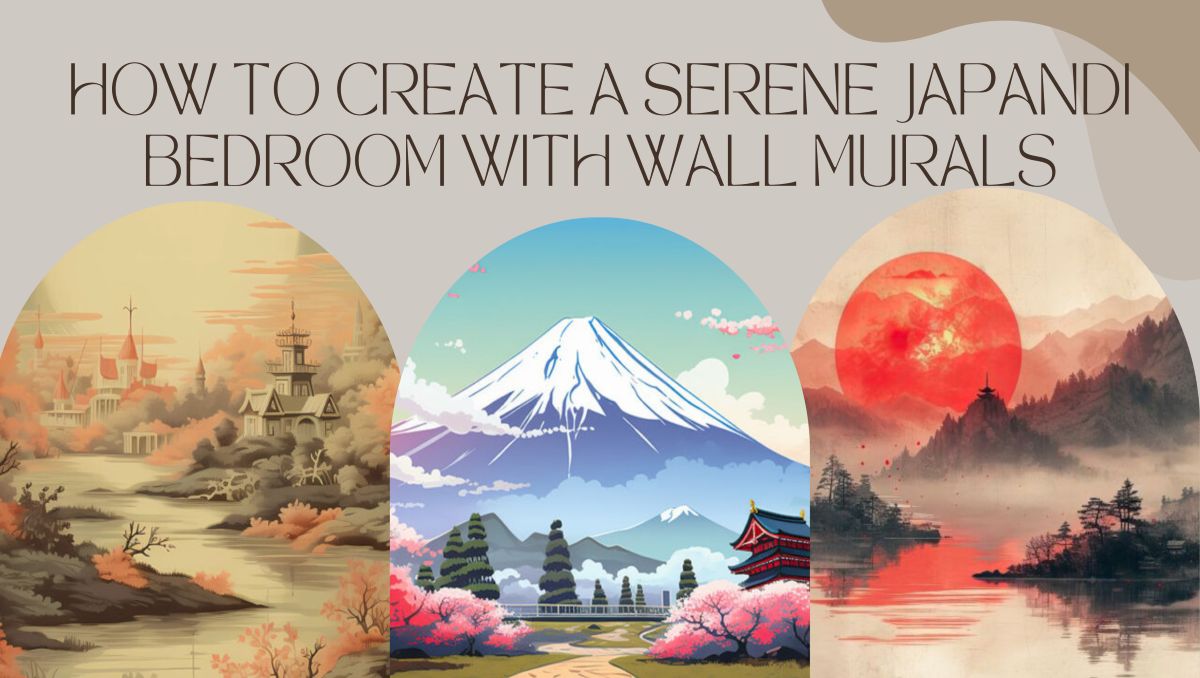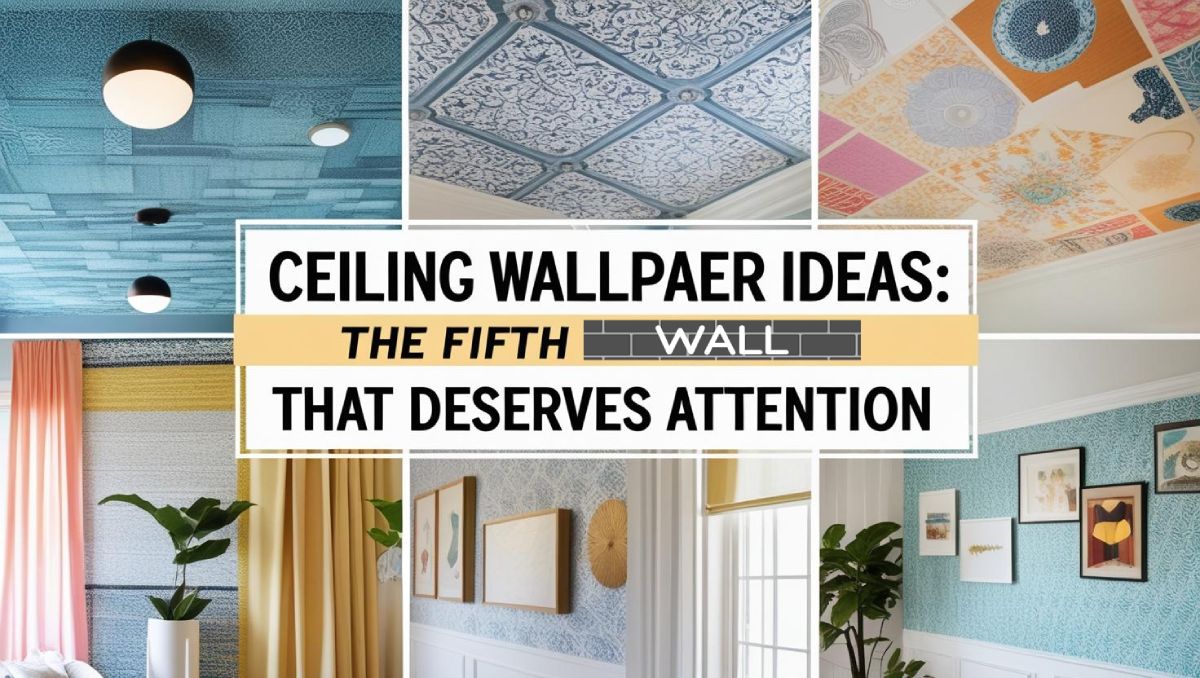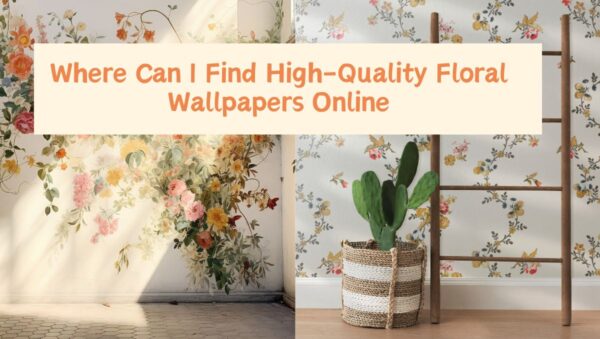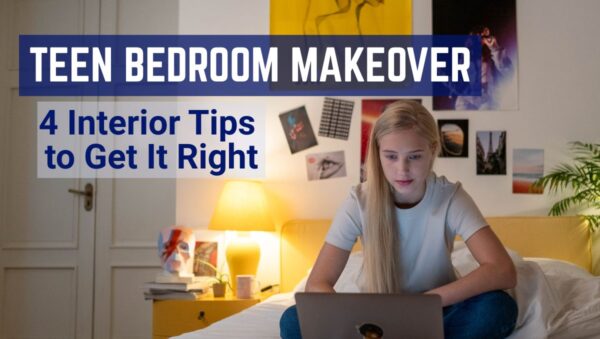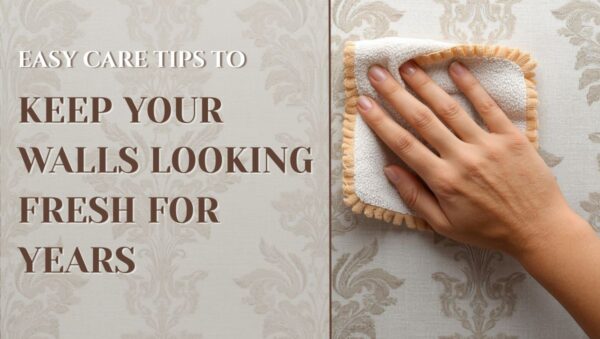Imagine walking into a grand medieval castle. Your boots echo on stone floors, torchlight flickers across thick tapestries, and high arches whisper stories of a time long gone. While we no longer need moats or arrow slits, medieval castles still have a lot to teach us—especially when it comes to creating timeless, cozy, and dramatic interiors.
So, if you’re bored of minimalism and sterile white walls, let’s take a fun detour through history and uncover decor lessons from medieval castles that you can steal for your home (without needing a crown or a drawbridge).
1. The Power of Stone: Texture, Mood & Stability
One of the most defining features of any castle is its stone architecture. Walls weren’t just walls—they were fortresses, layered with texture, strength, and history.
How to Bring This Into Your Space:
- Stone-effect wallpapers or wall panels: Faux stone wallpapers (especially in greys, charcoals, or sandy hues) bring rustic charm without the weight or cost.
- Slate or stone tiles for accent walls: In kitchens or bathrooms, this gives a grounded, natural vibe.
- Use of matte finishes: Avoid glossy. Castles thrived on matte, weathered, almost “imperfect” finishes. Choose lime-wash paints, unfinished woods, or natural stone surfaces.
Pro tip: Even a single wall with a “castle stone” wallpaper paired with iron sconces can change the entire mood of a room.
2. Tapestries: The Medieval Answer to Gallery Walls
Tapestries weren’t just pretty—they were practical. They added insulation, warmth, and acoustic dampening (very important in a big stone echo chamber!). But over time, they evolved into storytelling tools—richly embroidered with tales of valor, love, and myth.
Bring the Tapestry Vibe Home:
- Large textile wall hangings in rich jewel tones (burgundy, emerald, navy).
- Framed textile art or tribal rugs used as wall decor.
- Velvet curtains or damask wallpapers to evoke the same richness and storytelling.
Hot take: Today’s version of the medieval tapestry might just be a dramatic, patterned wallpaper that feels like fabric—especially in hallways or behind beds.
3. Medieval Color Palettes: Deep, Rich, Cozy
Minimalism is out. Moody is in.
Medieval decor leaned heavily into deep hues—colors that felt comforting during long winters and flickering candlelight.
Try These Castle-Inspired Colors:
- Forest green, oxblood red, deep navy, and royal purple.
- Muted golds and antique bronze as metallic accents.
- Earthy browns, greys, and taupes as grounding base tones.
Instead of covering every wall, you can opt for:
- Accent wallpapers with rich patterns
- Furniture upholstery in velvet or leather
- Layered rugs and throws in complementary colors
4. Let There Be (Medieval) Light
Chandeliers. Lanterns. Candle stands.
Castles weren’t exactly known for abundant daylight. But what they lacked in natural light, they made up for with creative ambient lighting.
Light Like a Castle:
- Wrought iron or brass light fixtures that mimic candle sconces or lanterns.
- Warm yellow light (2700K to 3000K) to replicate the cozy glow of fire.
- Layer your lighting: Overhead lights, wall sconces, floor lamps. Dim them if you can.
For a dramatic look, install a chandelier with a gothic or antique finish in your foyer or dining area.
5. Arches, Niches & Curves
Medieval architecture was all about grandeur. Arched doorways, vaulted ceilings, and pointed windows added elegance even in fortresses.
Tips to Incorporate This:
- Arch-shaped mirrors or decor pieces.
- Wallpaper murals that imitate arched alcoves or faux windows with a view.
- Built-in niches for books, candles, or art that evoke the mood of old-world nooks.
No arches in your home? No problem. Paint or wallpaper can create the illusion of curves without any construction.
6. Furniture: Sturdy, Statement, and Storytelling
Castles weren’t filled with throwaway furniture. Every piece was crafted, durable, and often carved with personal insignias or religious motifs.
Channel the Castle Charm:
- Opt for wood—solid, dark, and grainy.
- Look for carved details, antique handles, and aged patinas.
- Add leather, velvet, or brocade cushions and throws.
A throne might be too much (unless you’re into it), but a high-backed chair with character fits beautifully in a reading nook.
7. Patterns Worth a Crown
Medieval decor was not afraid of pattern. Geometric tile motifs, floral borders, and heraldic symbols were everywhere—from floors to ceilings.
What You Can Try:
- Geometric or damask wallpapers (especially in hallways or powder rooms).
- Mural wallpapers inspired by royal gardens, medieval manuscripts, or stained glass.
- Decorative borders or ceiling medallions for that extra flair.
Pattern doesn’t have to be overwhelming—it just needs to tell a story. Mix and match textures and motifs like a medieval artist.
8. Cozy, Layered, and Full of Soul
The best part about medieval castle decor? It felt lived-in, loved, and layered.
Nothing was “just for show.” Everything had a function—be it warmth, comfort, or storytelling. And that’s the real takeaway for your home.
Your Castle, Your Rules:
- Layer rugs, throws, and cushions.
- Mix woods, metals, and textiles.
- Choose pieces with soul—be it from your travels, local market, or grandma’s attic.
From Moats to Modernity
You don’t need a 14th-century fortress to live like royalty. With the right choices in texture, tone, lighting, and storytelling, you can weave medieval charm into modern spaces.
Whether it’s a faux-stone wallpaper, a velvet drape, or a regal damask wall, remember: the goal isn’t to mimic—but to evoke. Bring the heart of the castle into your home, and you’ll never want to leave.
So go ahead—draw the (velvet) curtain, light the candle, and reclaim the charm of centuries past.


